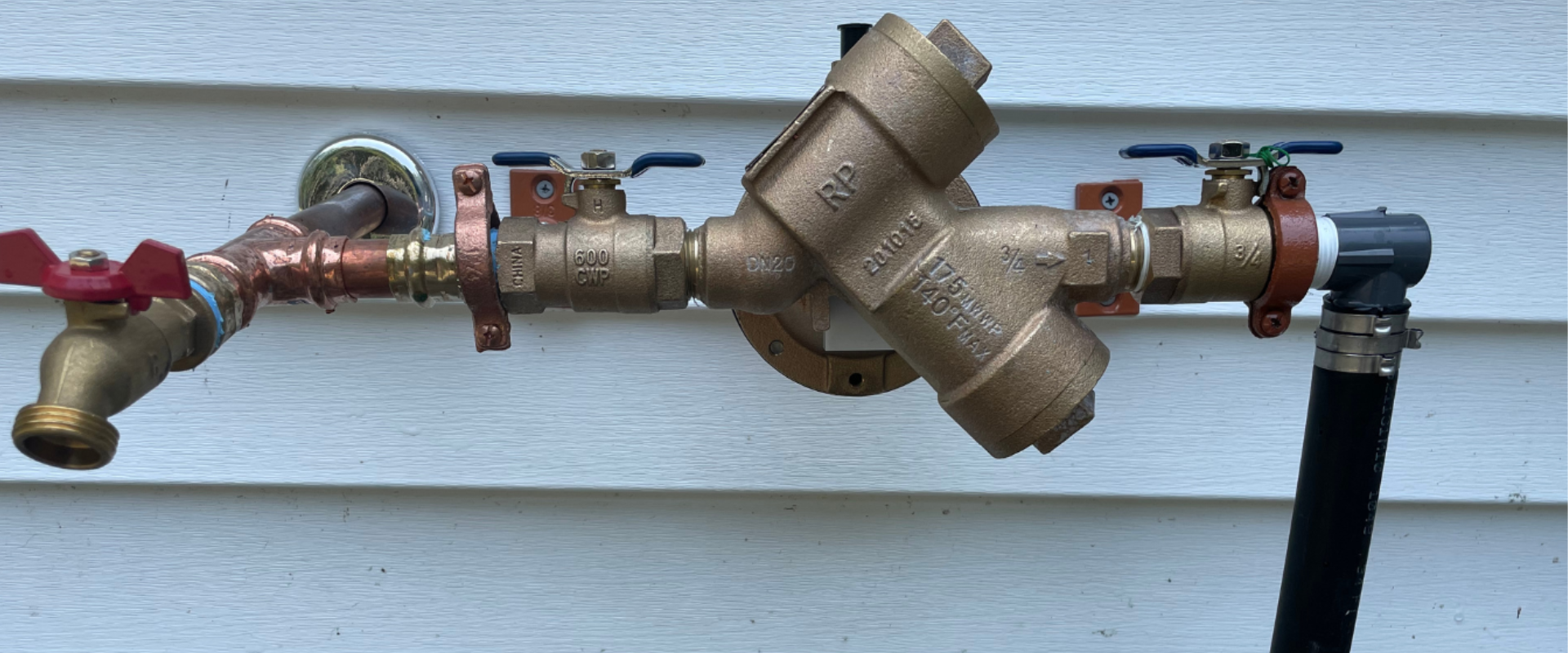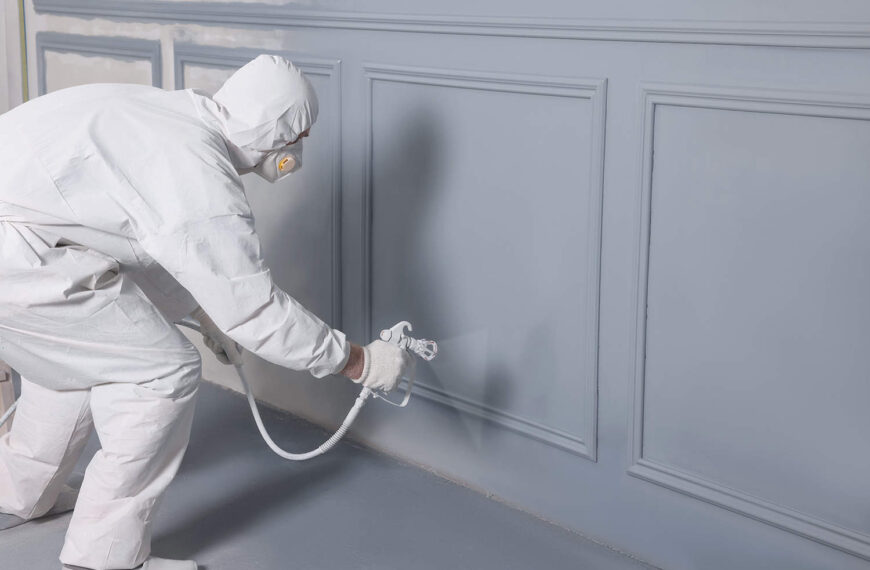Introduction
When was the last time you thought about what’s really flowing through your home’s pipes? For many homeowners, backflow testing rarely crosses the mind—until there’s a problem. Yet, this simple precaution can be the unsung hero protecting your water from hidden hazards. Backflow testing isn’t just a box to check for the city; it’s the shield between your family and potential contaminants. Understanding how and why backflow testing matters can mean the difference between clean, safe water and unexpected trouble.
What Is Backflow and Why Should Homeowners Care?
Understanding backflow in plain language
Backflow is the unwanted reversal of water flow in your plumbing system. Instead of water moving in its usual direction—from the municipal supply into your faucets—it suddenly surges backward, carrying with it anything it picks up along the way. Imagine the water from your garden hose, recently used to spray fertilizer, sneaking back into your kitchen tap. This is not science fiction; it’s a real risk in everyday plumbing.
How backflow can impact your home and health
The consequences of backflow reach far beyond inconvenience. Contaminants like pesticides, bacteria, or even cleaning chemicals can infiltrate your home’s drinking water, creating health hazards that may go unnoticed until it’s too late. Children, pets, and anyone with a vulnerable immune system face the highest risks. That’s why backflow testing isn’t just for peace of mind; it’s a practical investment in your family’s safety.
How Does Backflow Testing Work?
A step-by-step look at the testing process
Backflow testing is surprisingly straightforward, though it’s steeped in technical know-how. A certified technician arrives with specialized gauges and tools. They’ll locate your backflow prevention device—often found near the water meter or in a dedicated vault outside. The technician methodically isolates parts of the system, pressurizes valves, and observes how the device responds. Every detail, from pressure drops to valve closure times, is scrutinized.
What homeowners can expect during a test
For most homeowners, the process takes less than an hour. There’s no need to vacate the house or worry about water spraying everywhere. The technician will likely ask you to avoid running water for a short period. At the end of the test, you’ll receive a report detailing the health of your backflow prevention system and whether any repairs are necessary. If your device fails, don’t panic; most issues are easily addressed with quick maintenance.
How Often Should Backflow Testing Be Done?
Recommended schedules for different home setups
Frequency matters. Annual backflow testing is the gold standard for most residential properties. Homes with irrigation systems, swimming pools, or fire sprinklers may require more frequent assessments, given the heightened risk of contamination. Even new homes should stick to a regular testing cadence—overlooking it can spell disaster down the line.
The role of local laws and seasonal factors
Many municipalities legally require yearly backflow testing, and failing to comply can result in fines or water service interruptions. Seasonal changes can also influence scheduling. Spring is a popular time, especially after winter’s freeze-thaw cycles that might have stressed your plumbing. Staying in sync with local regulations ensures your home remains protected year-round.
Who Should Perform Backflow Testing?
Why professional certification matters
Not all plumbers are created equal—backflow testing is a specialized skill. Certified testers possess both the training and credentials needed to navigate complex backflow prevention assemblies. They’re familiar with municipal codes and can file the proper reports on your behalf. Choosing a professional ensures the job is done right and your home remains compliant with safety regulations.
How to find a reliable backflow tester
Word of mouth is a powerful tool. Ask neighbors or local contractors for recommendations. You can also consult city websites or plumbing associations for lists of certified backflow testers. Look for providers who are licensed, insured, and experienced. A little research goes a long way toward securing your peace of mind.
What Happens If Backflow Is Found?
Immediate actions and safety measures
If backflow is detected during testing, action should be immediate. First, stop using the affected water lines until repairs are complete. In severe cases, municipal authorities might issue boil-water advisories or temporarily shut off service. Swift response minimizes risk to your health and your home.
Solutions for fixing backflow issues
Repairs usually involve cleaning, adjusting, or replacing the faulty backflow prevention device. Technicians may swap out worn valves or seals, ensuring the system functions as a barrier against reverse flow. Once repairs are done, a retest will confirm everything is secure. Don’t delay—addressing problems quickly keeps your water supply pure.
Common Misconceptions About Backflow Testing
Separating fact from fiction
One common myth is that backflow can’t happen in residential plumbing. In truth, all homes are vulnerable under the right conditions, such as sudden drops in water pressure or nearby construction. Another misconception is that backflow prevention devices are “set and forget.” In reality, they require regular checks to work properly.
Answers to questions homeowners are afraid to ask
Some worry that testing is invasive or will cause disruption. The reality is quite the opposite—testing is minimally intrusive and usually done in under an hour. Others fear hefty repair bills, but many fixes are affordable and can prevent much costlier issues down the road. Transparency with your tester goes a long way; don’t hesitate to ask questions or voice concerns.
What Does Backflow Testing Cost?
Typical price range and what’s included
Backflow testing costs vary depending on location and system complexity, but most homeowners can expect to pay between $75 and $150 per test. This fee typically covers inspection, paperwork, and reporting to local authorities. If repairs are needed, costs may rise, but basic maintenance is often inexpensive compared to the risks of neglect.
Potential savings from regular testing
Routine backflow testing can save homeowners from catastrophic water contamination incidents that could require expensive remediation, not to mention the health costs of exposure. Insurance companies may even offer discounts for homes with up-to-date backflow certification, turning a simple precaution into a smart financial move.
How to Get Your Home Ready for Backflow Testing
Simple preparation tips for homeowners
Preparing for backflow testing is refreshingly simple. Clear access to the backflow prevention device—move any boxes, plants, or debris that might block the technician’s way. Double-check appointment times and ask if you need to turn off irrigation or appliances temporarily.
Making the process smooth and stress-free
Communicate with your technician about pets, special needs, or areas of concern. Marking the location of the device can speed up the process. Most of all, relax—testing is routine, and you’ll have peace of mind once it’s complete.
Conclusion and Key Takeaways
Proactive backflow testing is a quiet defender of your home’s health and safety. Keeping up with annual tests, relying on certified experts, and addressing any issues right away pays off in the long run. Protecting your water supply isn’t just smart—it’s essential. Staying one step ahead ensures clean water, peace of mind, and a home that’s truly safe for everyone inside.




